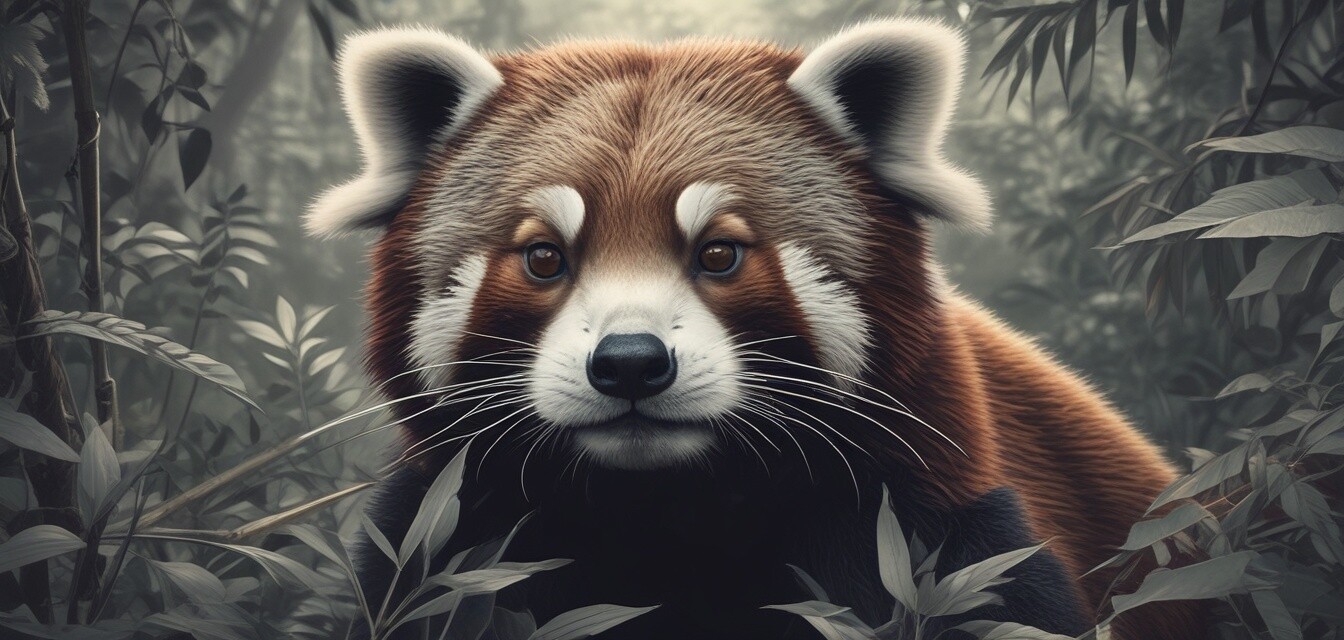
Red Panda Anatomy: Unique Features Explained
- Red pandas are known for their distinct body features, including a round face and bushy tail.
- Their unique physical adaptations make them exceptional climbers.
- Understanding their anatomy helps in the conservation efforts of this endangered species.
- Red pandas share similarities with raccoons, but their evolutionary lineage is distinct.
- These creatures play a crucial role in their ecosystems, especially in bamboo forests.
Red pandas are captivating creatures that hold a special place in the animal kingdom. Their unique anatomy not only makes them adorable but also plays a critical role in their survival. In this article, we will explore the distinctive features of red pandas and provide insights into their unique adaptations that help them thrive in their natural habitats.
Physical Characteristics of Red Pandas
Red pandas are easily recognizable due to their striking appearance. Here are some physical characteristics that make them stand out:
| Feature | Description |
|---|---|
| Fur Color | Red pandas have reddish-brown fur on their upper bodies and blackish fur on their lower legs. |
| Facial Markings | Their faces feature white markings that enhance their expressive and round features. |
| Eyes | Red pandas have prominent, dark eyes that help them see well in low light conditions. |
| Tail | Their long, bushy tails help them maintain balance when climbing. |
| Paws | Their paws are equipped with sharp claws and fur on the soles, providing excellent grip. |
Adaptations for Climbing
One of the most notable adaptations of red pandas is their climbing ability. Let's take a look at some adaptations that aid in their arboreal lifestyle:
- Flexible Skeletal Structure: Red pandas have a flexible body structure that allows them to maneuver easily among tree branches.
- Strong Claws: Their claws are curved and strong, making climbing and grasping branches easier.
- Specialized Rotating Ankles: Their ankles can rotate, allowing them to descend headfirst when climbing down trees.
Unique Features of Red Pandas
Alongside their physical characteristics and climbing adaptations, red pandas possess several unique features:
- Dietary Needs: Primarily herbivores, their diet consists mainly of bamboo, but they also consume fruits, acorns, and insects.
- Solitary Lifestyle: Red pandas prefer to live alone, except during mating season.
- Role in Ecosystem: They play a crucial part in maintaining forest health by helping to spread seeds through their droppings.
Comparison with Other Species
While red pandas have similarities to raccoons, they are part of a distinct family. Below is a comparison with another similar animal:
| Characteristic | Red Panda | Raccoon |
|---|---|---|
| Family | Ailuridae | Procyonidae |
| Habitat | Mountain forests | Urban and suburban areas |
| Diet | Herbivorous (mainly bamboo) | Omnivorous (varied diet) |
| Social Behavior | Solitary | Social, often seen in groups |
Conservation Status
Red pandas are classified as endangered due to habitat loss and poaching. Conservation programs focus on:
- Protecting their natural habitats through conservation areas.
- Raising awareness about their plight and importance.
- Working with local communities to promote sustainable practices.
Conclusion
The anatomy of red pandas is a marvel of nature, with features that allow them to thrive in their unique environments. By understanding their body and behavior, we can appreciate their role in the ecosystem and work towards their conservation. If you're interested in learning more about these cute creatures, make sure to check out our other resources on red pandas and explore our wide range of adorable red panda plush toys.
Pros
- Distinctive and adorable appearance.
- Important ecological role as bamboo forest inhabitants.
- Fascinating climbing adaptations.
Cons
- Endangered due to habitat loss.
- Solitary nature may hinder social interactions.
- Limited natural range and habitat.

